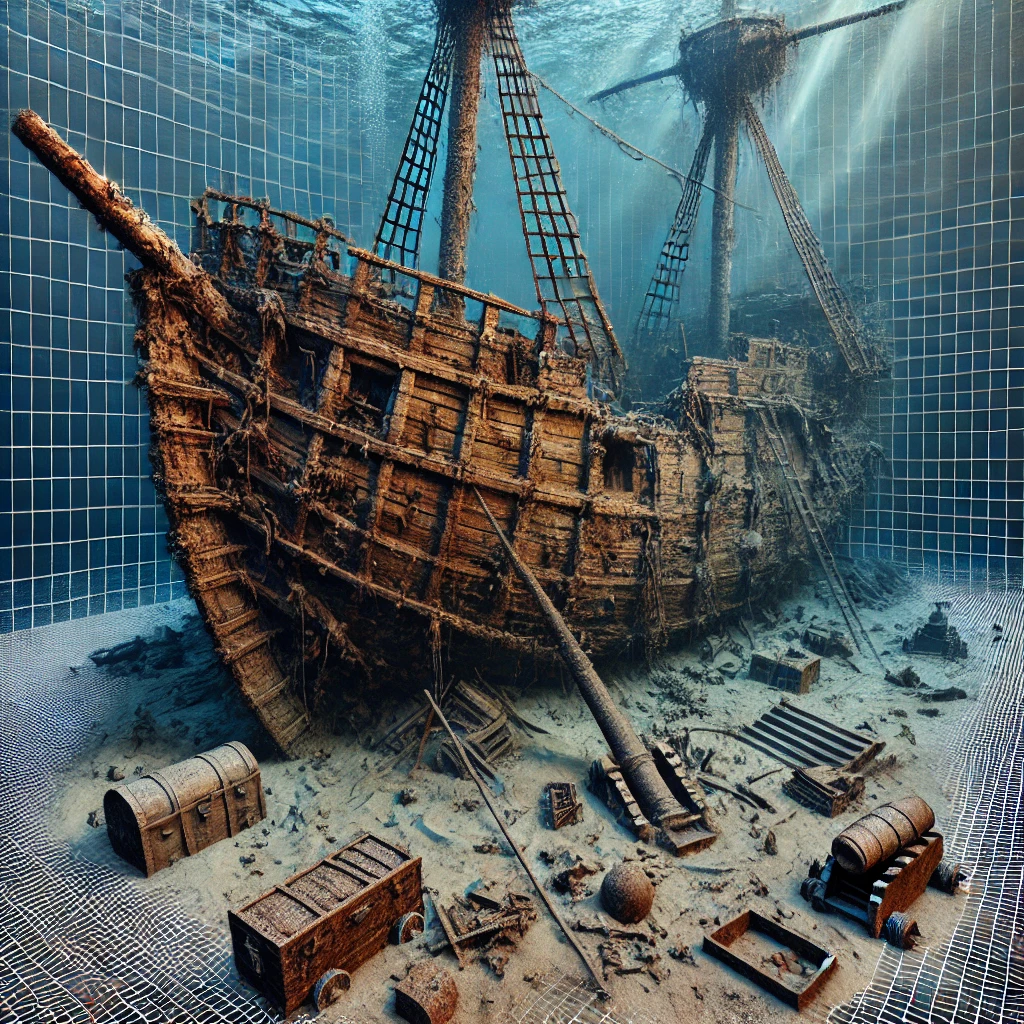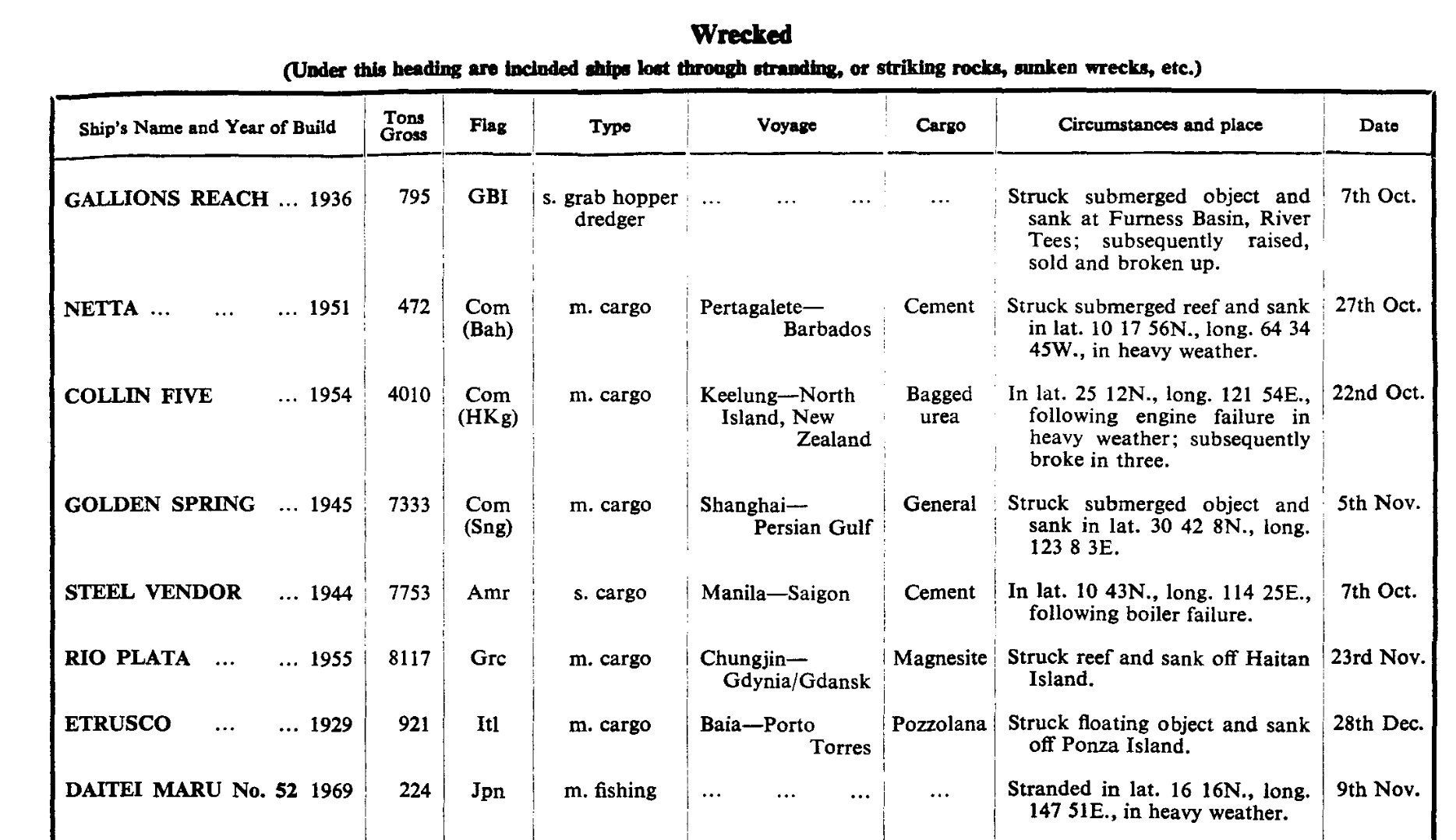The machine imagines shipwrecks
10th October 2024

The terrible cultural norm of the internet is not sleek and dark and technical, its it’s awful twee-ness. Whatever the balance between the science and art digitised and fed into the models I’m relying on for some kind of machine imagination there’s an element that reverts endlessly to the cartoon and comfortable. Cuddly and round edged in Disney colours, as obvious and flat as educational images for children.
Part of the reason for my interests in shipwreck and narrative is the ambivalence of it. Shipwrecks are disasters wether lone survivors or mass disasters. The make their way into melodrama with the great victorian novels as ways to wreck fortunes, lose heirs - but these melodramas - the bits that get lodged in music halls and sad eyed pictures are the saccharine dregs of the equivalents of plane crashes, factory explosions, industrial disasters. But it’s this sweet tooth that’s lodged in the models sitting on top of ‘the internet’ if such a thing can be said to exist at all.

I make a small device to follow the Lloyd’s Casualty schema of ship losses. It’s a small idea that’s taken a lubricous amount of work. A script runs through a query it hits ChatGPT’s API with asking for sentence in the schema format and it works, bringing back plausible names and disasters - but it’s imagination, if it’s possible to call it that, can’t escape this inflection. The model obsessively favours pirate ships and the titanic, galleons and doubloons. The work is curtailing it to the mundane, but heres the thing - is it more interesting to let it drag up the imaginary ships that are, somehow, the detritus of the stories we know of shipwrecks. Is this where the interesting bit of narrative you get from letting the machine imagine?